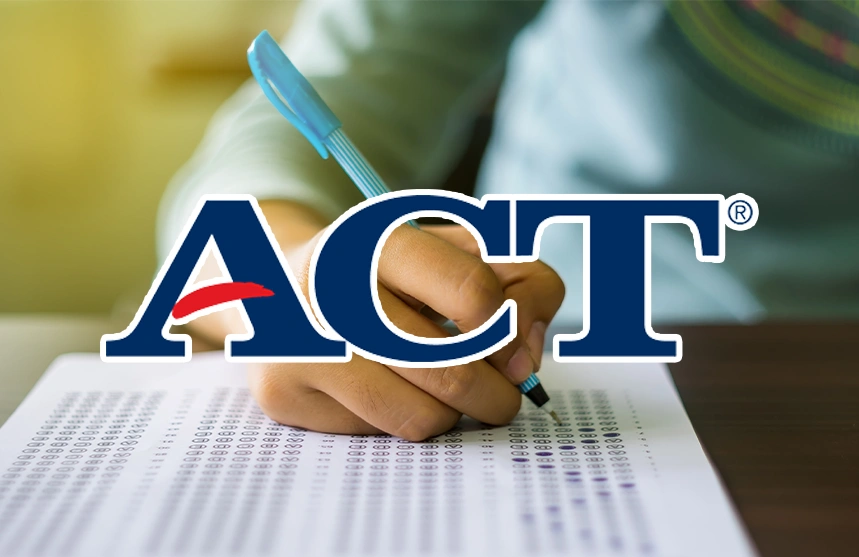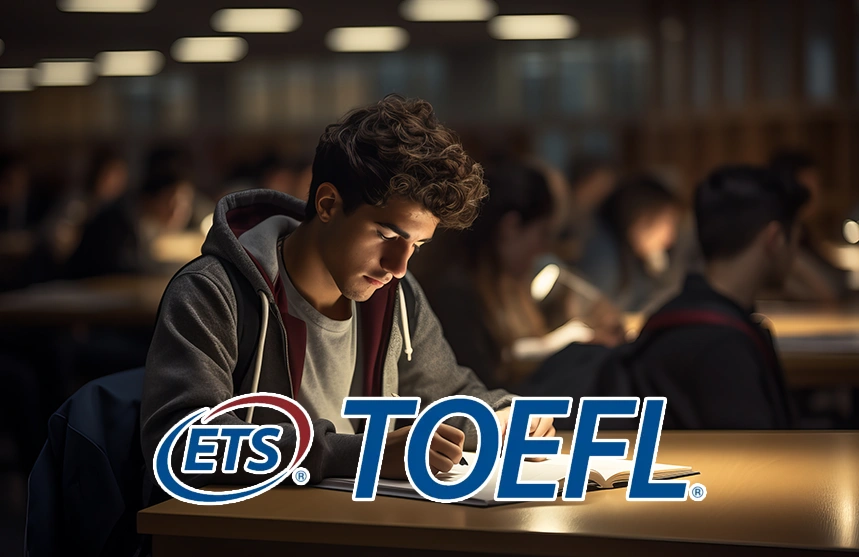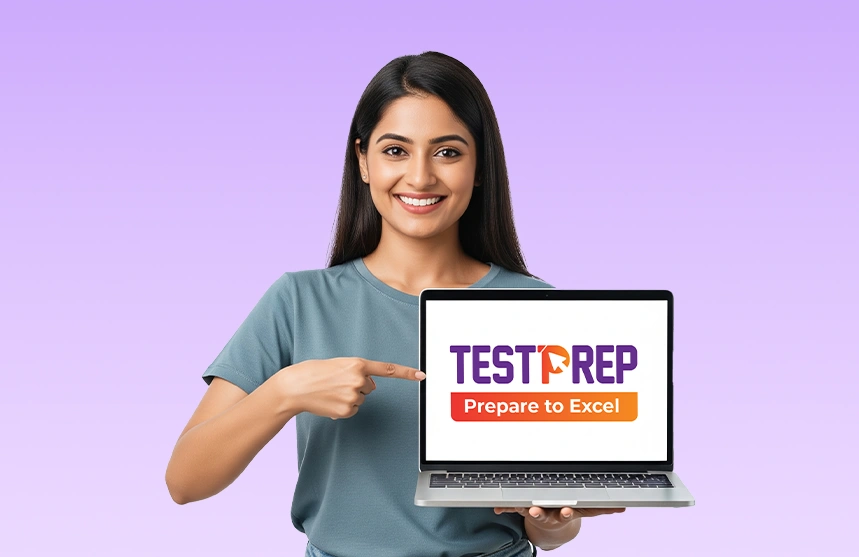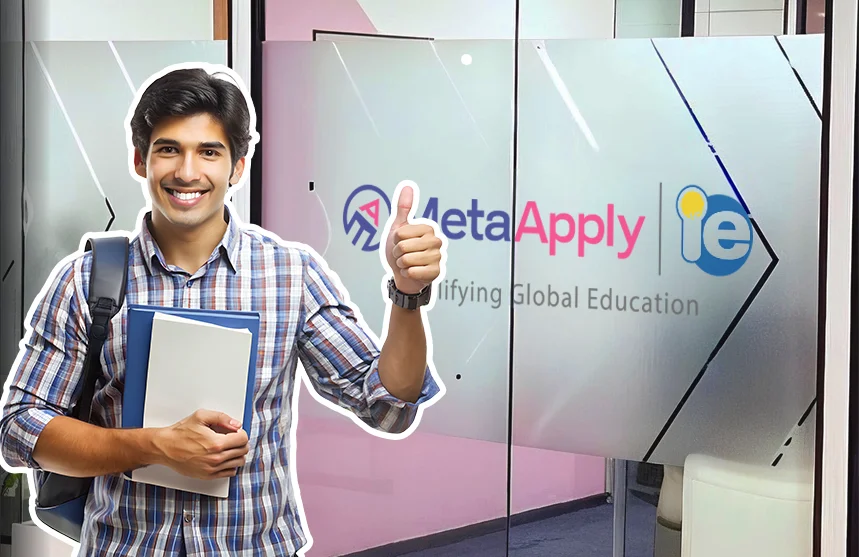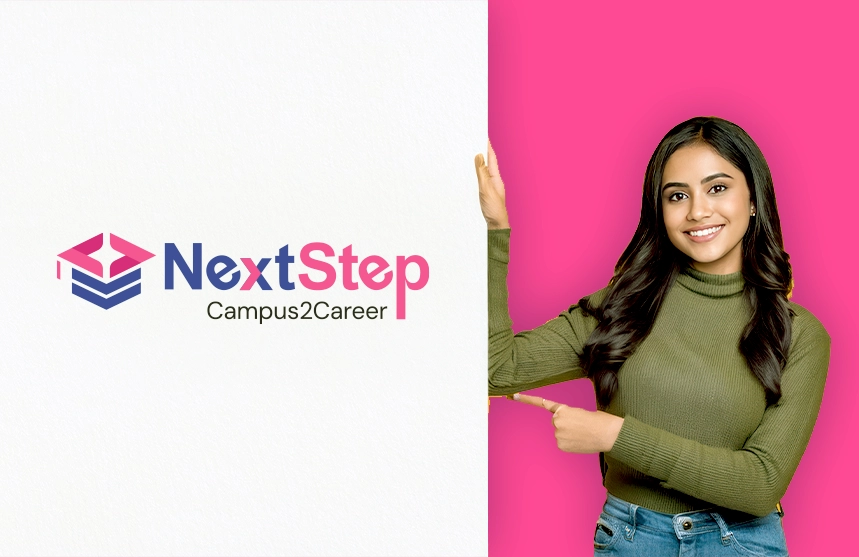How to Study Abroad for Free in 2026?
What is K-12 Education and How Does it Work? A Complete Guide for Parents and Students

Why Parents and Students Keep Asking: What is K-12 and Why Does it Matter?
When parents search “what is K-12” online, the intent is rarely academic curiosity alone. They are looking for clarity: Is this the right system for my child? How does it impact university readiness? Does it really prepare students for global opportunities?
And here’s the truth: K-12 Education is not just about schooling. It’s about building the foundation for a career, character, and lifelong learning. From kindergarten to Grade 12, this system decides whether a student is prepared not only for exams, but for life’s big challenges – university applications, international exposure, and future careers.
That’s why if you’re a parent or student wondering whether K-12 is the right route, this blog gives you not just definitions but also the “how” and “why” behind it – including benefits, challenges, trends, and future-ready strategies.
What is K-12 Education?
The K-12 model simply stands for Kindergarten to 12th Grade, covering the entire span of primary and secondary schooling before university. Students, from a very young age tend to develop skills which are unique and the patterns are usually missed by either parents or schools. Premium K-12 education simplifies the process of studying by proving the right platform to the students and making them career ready before they even step into a college.
But beyond the abbreviation “K-12” lies a structured system designed to equip students with:
- Academic skills (maths, science, languages).
- Social skills (teamwork, empathy, communication).
- Career readiness (problem-solving, adaptability, digital literacy).
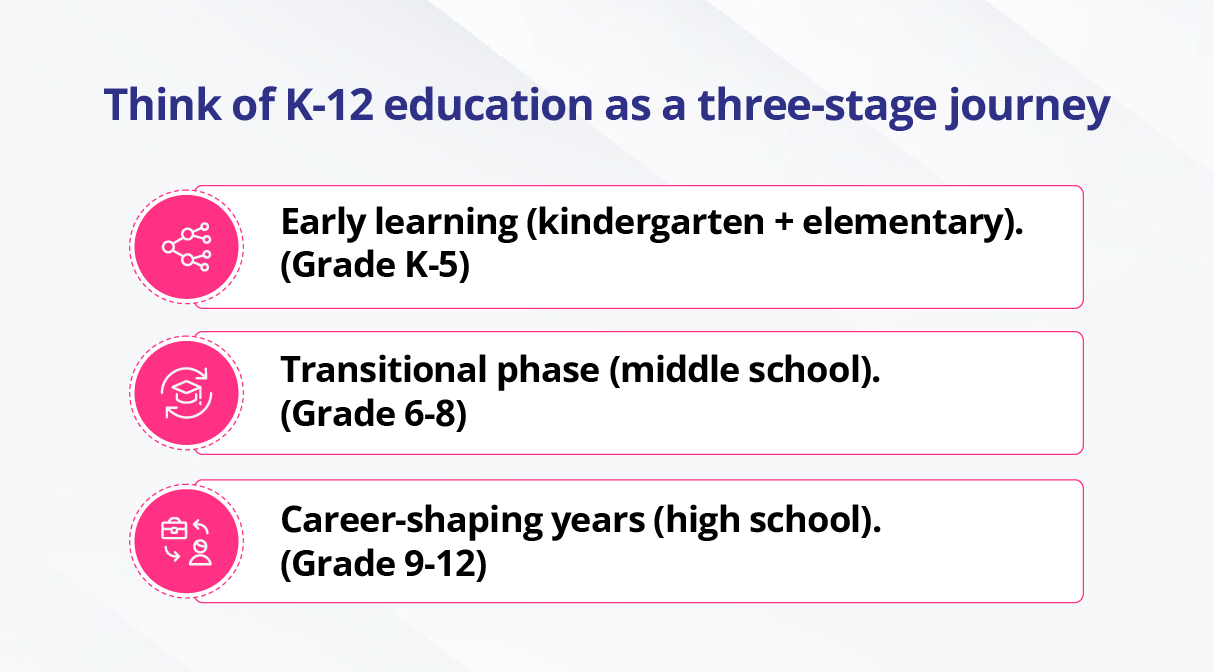
How Does K-12 Work? A Step-by-Step Overview
K-12 works by progressing students from foundational to advanced levels in a staged manner, let’s have a look at this table for simplified understanding.
| Stage | Age | Focus | Why It Matters |
|---|---|---|---|
| Kindergarten | 4–5 yrs | Reading, writing, social behaviour | Shapes curiosity, discipline |
| Elementary (Grades 1–5) | 6–11 yrs | Basics in core subjects | Builds academic foundation |
| Middle School (Grades 6–8) | 12–14 yrs | Critical thinking, STEM, languages | Bridge between basics and specialisation |
| High School (Grades 9–12) | 15–18 yrs | Electives, career prep, standardised tests | Decides higher education & career path |
This gradual model ensures that a student doesn’t just “pass exams” but actually develops transferable skills.
Why is K-12 Education Important?
Parents often wonder: “Is K-12 better than traditional schooling?” The short answer is yes, because it goes beyond just academics and nurtures the whole persona of the child. Here’s how:
- Prepares for global standards → Curricula such as IB, Cambridge, and CBSE within the K-12 model ensure students can compete internationally, making transitions to foreign universities smoother.
- Balances academics and life skills → Alongside maths and science, equal weight is given to teamwork, leadership, creativity, and communication; the soft skills every employer and university looks for.
- Supports career choices early → With elective subjects offered at the high school stage, students get to explore their interests in STEM, business, humanities, arts, or vocational pathways before committing to a degree.
- Encourages critical thinking → Unlike rote learning, K-12 classrooms foster problem-solving, collaboration, and innovation; qualities needed in a fast-changing world.
- Future-readiness → Exposure to AI, coding, robotics, and digital literacy ensures students are not just consumers of technology but creators and innovators.
Snippet-friendly takeaway: K-12 education is important because it equips students with academic knowledge, practical skills, and emotional resilience, giving them a clear head start for university admissions and future careers.
What Are the Futuristic Trends in K-12?
K-12 education is no longer limited to textbooks and examinations. Schools worldwide are embracing innovation to prepare students for an uncertain but opportunity-filled future. Some key trends include:
- AI and Personalised Learning → Artificial Intelligence is transforming classrooms by helping teachers customise lessons to each child’s pace and ability. Struggling students get extra support, while advanced learners are challenged with higher-level material. This ensures no one is left behind, and every learner gets a tailored pathway to success.
- Hybrid Classrooms → Post-pandemic education has shifted permanently towards a blended model. Students experience the best of both worlds, face-to-face interactions with teachers and classmates, alongside online platforms that provide global exposure, international guest lectures, and access to resources beyond borders.
- Global Curriculum Integration → Curricula such as IB, OSSB, and Cambridge are designed to meet international benchmarks. This makes it easier for students to apply abroad, adapt to higher education systems worldwide, and develop a global mindset from an early age.
- Career-linked Learning → High schools are moving away from a one-size-fits-all approach by offering electives that tie directly to careers. Subjects like entrepreneurship, coding, robotics, and design thinking are no longer extras; they are becoming core parts of the curriculum, giving students a head start on future professions.
Takeaway: The future of K-12 is dynamic, technology-driven, and globally aligned, ensuring students don’t just learn for exams but prepare for life, work, and innovation.
Why Choose MetaApply IE for K-12 and Beyond?
At MetaApply IE, we go beyond simply explaining what K-12 is. We:
- Help parents and students identify the right curriculum (CBSE, IB, Cambridge, American).
- Guide on choosing schools that align with long-term goals.
- Support students in building a profile for International Higher Education.
- Offer Career Counselling, TestPrep, Visa Assistance, and Financial Aid Support.
If you’re a parent wondering which path secures the best future for your child, or a student aiming for global universities – we simplify the process end-to-end.
The truth is that K-12 education is very much important to make sure the student finds the right direction early in life. Choosing the right school, curriculum, and career direction can make all the difference. At MetaApply IE, our expert counsellors don’t just give you options – we design a personalised education strategy that sets students ahead. From finding the right course and school, to preparing for global universities, we take care of every detail so students can focus on growth.
Don’t just read about K-12. Take the next step. Fill in the form today, connect with our counsellors, and plan a future that’s future-proof.
Frequently Asked Questions
K-12 refers to the schooling system from kindergarten (age 4–5) to 12th grade (age 17–18), covering primary and secondary education.
In India, K-12 is commonly referred to as school education, covering nursery, primary, middle, and secondary schooling up to Class 12.
K-12 is the overall schooling model, while CBSE, IB, and ICSE are curricula taught within it.
Yes. Systems like IB and Cambridge within K-12 are globally recognised, making it easier for students to apply abroad.
After completing K-12, students can pursue undergraduate studies, vocational training, or professional courses, depending on their career goals.














